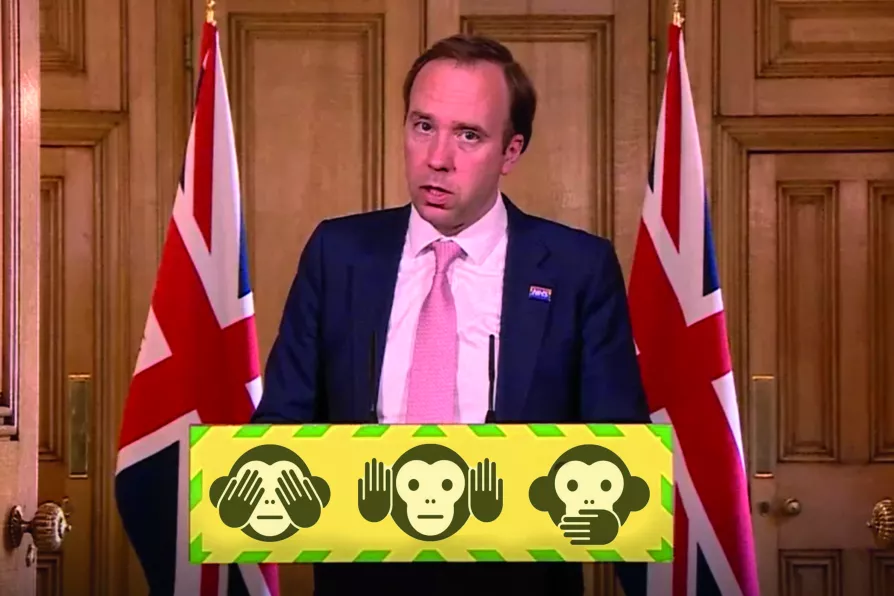The NEU kept children and teachers safe during the pandemic, yet we are disgracefully slandered by the politicians who have truly failed our children by not funding a proper education recovery programme — here’s what is needed, explains KEVIN COURTNEY


CHANNEL 4’s Dispatches produced new evidence that Boris Johnson was pursuing a crackpot “herd immunity” strategy against coronavirus, which the government has again denied.
This just adds to the herd immunity evidence, some of which is very public.
There is in fact also evidence of the herd immunity plan in the recently released papers of the government’s Scientific Advisory Group for Emergencies (Sage), which has been generally overlooked.

The new angle from private firms shmoozing their way into public contracts was the much-trumpeted arrival of ‘artificial intelligence’ — and no-one seemed to have heard the numerous criticisms of this unproven miracle cure, reports SOLOMON HUGHES

It is rather strange that Labour continues to give prestigious roles to inappropriate, controversy-mired businessmen who are also major Tory donors. What could Labour possibly be hoping to get out of it, asks SOLOMON HUGHES

Keir Starmer’s hiring Tim Allan from Tory-led Strand Partners is another illustration of Labour’s corporate-influence world where party differences matter less than business connections, writes SOLOMON HUGHES

MBDA’s Alabama factory makes components for Boeing’s GBU-39 bombs used to kill civilians in Gaza. Its profits flow through Stevenage to Paris — and it is one of the British government’s favourite firms, reveals SOLOMON HUGHES















